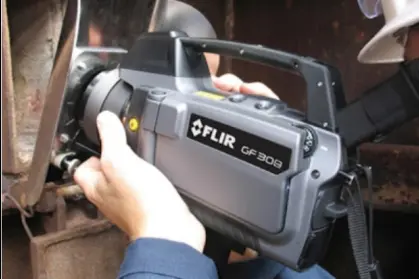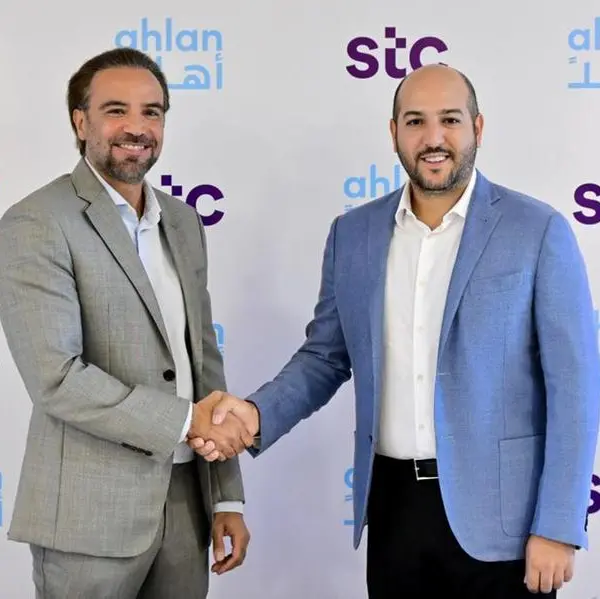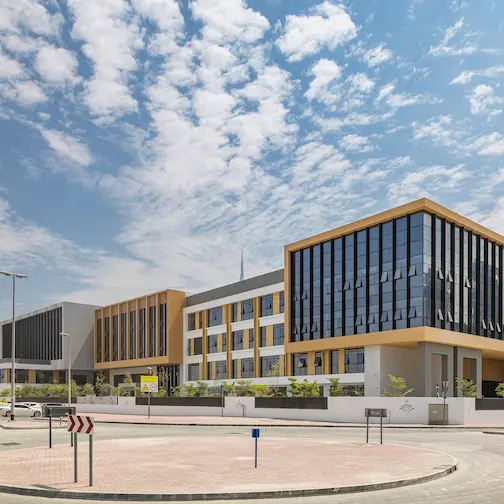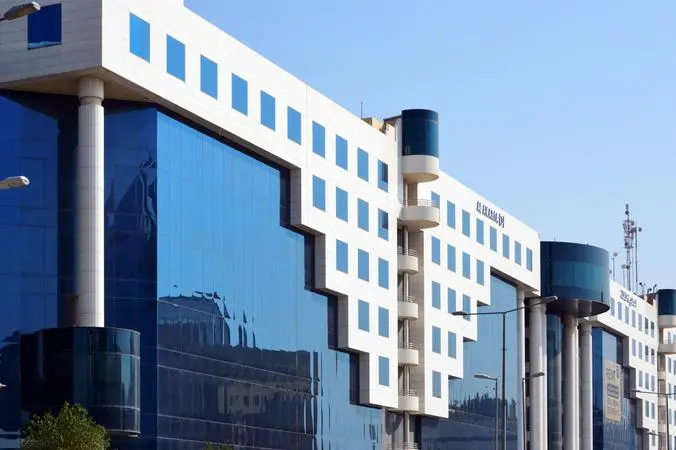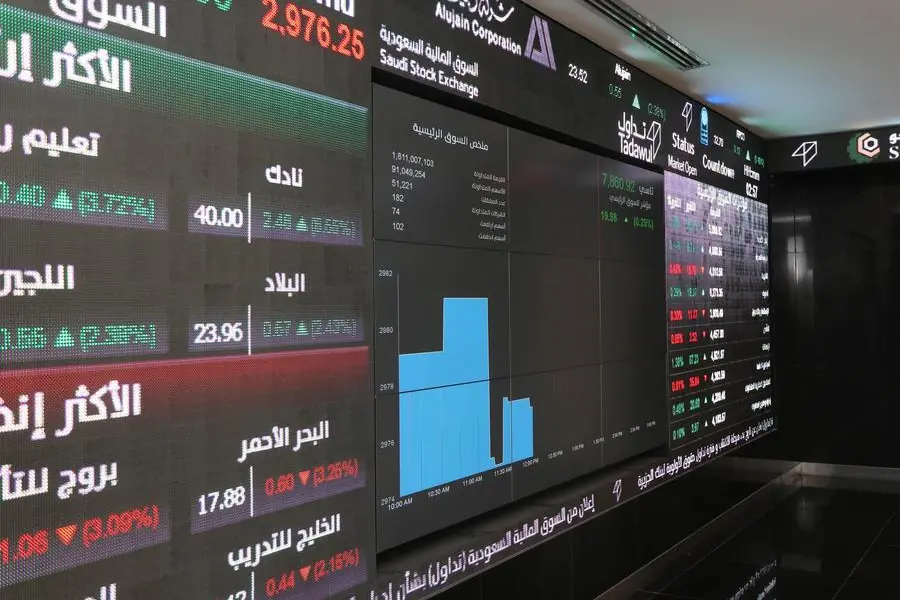PHOTO
Dubai , UAE - Infrared thermography, a groundbreaking nondestructive testing method, is transforming the world of petrochemical refineries. The FLIR GF309, a high-temperature industrial furnace camera, is leading the charge by enhancing safety, optimizing efficiency, and allowing proactive measures to assess risks and hazards.
Infrared thermography, or IR thermography, is a non-contact method for monitoring temperature variances in components as heat flows through them. It provides vital information about the condition of both internal and external systems. As a non-destructive testing technique, IR thermography enables the early detection of defects and faults, facilitating preemptive action.
Petrochemical refineries play a pivotal role in the global economy, refining crude oil into essential products such as petrol and diesel. The challenge for refinery operators lies in tracking changes in their plants and assets over time. It is crucial to identify early signs of defects and take corrective measures before they escalate. In this context, infrared thermography has emerged as an indispensable tool for condition monitoring and predictive maintenance in refineries.
The FLIR GF309 is specifically designed for high-temperature industrial furnace applications. It is ideally suited for monitoring a wide range of furnaces, heaters, and boilers, particularly in the chemical, petrochemical, and utility industries. These cameras are custom-built to withstand high temperatures and are capable of "seeing through flames," enabling them to operate in challenging environments. The FLIR GF309 is equipped with a detachable heat shield, which reflects heat away from the camera and operator, enhancing safety.
IR thermography allows the detection of abnormal or unexpected thermal patterns that may lead to equipment failure, including latent issues. By diagnosing problem areas, the severity of the defects can be determined, providing a means to rectify variances and deficiencies.
One significant application of IR thermography is the assessment of refractory and ceramic blanket conditions inside refractory lined equipment, boilers, and fired heaters. Traditionally, the condition of refractory lining was assessed through reactive visual inspections during planned shutdowns. However, infrared thermography has shifted the paradigm by enabling proactive inspections that can detect abnormal heat patterns, signifying inefficiencies and defects.
The technology has proven invaluable in identifying issues such as refractory or ceramic blanket dislodgment, leading to elevated temperatures within heater casings. Such hotspots are captured in infrared images, facilitating the monitoring of refractory damage. These applications contribute significantly to energy efficiency and the prevention of equipment failures.
The use of IR thermography, particularly the FLIR GF309, has brought substantial benefits to the petrochemical refining industry. It is not only a cost-effective and non-intrusive method of inspection but also a proactive approach to maintenance, reducing unscheduled shutdowns, the risk of equipment failure, and extending the lifetime of critical assets.
With the ability to detect deteriorated refractory within active petrochemical vessels and monitor radiant tubes in process heaters, IR thermography has proven to be a valuable asset in increasing reliability, decreasing downtime, and saving costs. To maximize the benefits of IR thermography, it is essential to implement regular inspections and incorporate the results into maintenance and shutdown planning processes.
In conclusion, the FLIR GF309 is revolutionizing the petrochemical refining industry by offering innovative solutions, optimizing efficiency, and providing proactive risk assessment. Its ability to quickly and accurately capture thermal data is changing the way inspections are conducted, ultimately ensuring the safety and reliability of assets in the industry.
About Teledyne FLIR:
Teledyne FLIR is a leading provider of innovative sensing solutions that enhance perception and awareness. They offer a range of technologies, including thermal imaging, visible-light imaging, video analytics, measurement and diagnostics, and advanced threat detection systems. Within this portfolio, Teledyne FLIR provides optical gas imaging (OGI) cameras for the oil and gas industry, which visualize methane and other hydrocarbon emissions, ensuring safety and environmental compliance. The same technology can also detect SF6 and carbon monoxide, allowing inspectors to identify leaks without disrupting critical systems.
